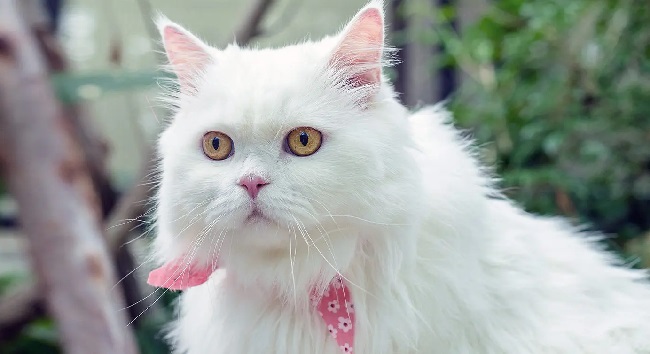If you’ve ever wondered, “What do you call a female cat?”, you’re not alone. This question is a common one among both cat owners and feline enthusiasts alike.
Understanding the terminology used in the cat world can deepen our appreciation of these incredible creatures and enrich our interactions with them.
In this comprehensive article, we will delve into the specifics of what a female cat is called and explore more about the fascinating world of felines.

What Do You Call a Female Cat?
In straightforward terms, a female cat is commonly referred to as a “queen”. The term “queen” is often used by breeders and in various feline industries, and it applies to female cats that have reached sexual maturity and are capable of reproduction.
The Life Stages of a Female Cat
To truly understand the term “queen”, it’s useful to examine the various life stages of a female cat.
Kitten
A female kitten is the term used for a young cat, from birth until about six months of age. During this stage, female kittens are growing rapidly and are learning about their environment.
Adolescent Female Cat
From around six months to one year, a female cat is considered an adolescent. This is the stage where they begin to reach sexual maturity.
Queen
When a female cat reaches full sexual maturity, typically around one year of age, she becomes known as a queen. This is the period when she can begin to reproduce and have kittens of her own.
Spayed Female Cats
If a female cat is spayed (meaning she has undergone a surgical procedure to prevent reproduction), she might not technically fall under the term “queen” as she can no longer reproduce. However, “queen” is often used interchangeably to refer to any adult female cat.
Understanding the Reproductive Cycle of a Queen
A queen is unique in the animal world due to her reproductive cycle. Queens are “seasonally polyestrous”, which means they can go into heat multiple times during the breeding season.
The Role of a Queen in a Cat Colony
In a feral cat colony, the queen plays a vital role. She is responsible for giving birth and nurturing her kittens, but also plays a part in socializing kittens and maintaining harmony within the colony.
The Care and Keeping of a Queen: Health and Nutrition
While understanding the terminology around female cats is crucial, so is understanding their care requirements. The health and nutrition of a queen, particularly a queen that is or may become pregnant, are paramount to her well-being and the well-being of her potential kittens.
Health Checks and Vaccinations
Regular vet check-ups are a necessity for all cats, but they become even more crucial when dealing with a queen. Before a queen becomes pregnant, she should be checked for general health and screened for common feline diseases.
Keeping up-to-date with vaccinations is also essential to protect both the queen and her future kittens from preventable diseases.
Nutrition for Queens
Queens, especially those that are pregnant or nursing, have different nutritional needs compared to neutered female cats or male cats. They often require more calories and specific nutrients.
A vet can provide advice on feeding a queen, but generally, specially formulated food for pregnant or nursing cats is recommended.
Spaying and Population Control
Unless you are a professional breeder, it’s generally recommended to spay female cats. Spaying prevents unwanted kittens and can protect against certain health risks, such as uterine infections or certain types of cancer.
Spaying also eliminates the behaviors associated with a cat in heat, which can include loud vocalizations and attempts to escape outdoors to mate.
Conclusion
Knowing what to call a female cat is more than just learning a new term—it’s gaining insight into the feline world.
The term “queen” does not merely denote gender; it carries with it implications about life stages, reproductive capabilities, and social roles within a cat colony.
As cat enthusiasts, deepening our knowledge and understanding of these remarkable creatures allows us to appreciate them even more and ensure they are cared for properly.
Whether you’re a proud cat owner or just a fan of these captivating animals, this exploration into the world of queens reveals yet another facet of the complex and intriguing lives of cats.
























